Da la bienvenida al Año Nuevo en Japón con Hatsumode
Una tradición japonesa de Año Nuevo
Resumen
A diferencia de la mayoría de sus homólogos del este asiático, donde el Año Nuevo Lunar tiene importancia cultural, Japón en realidad no celebra el Año Nuevo Lunar. En cambio, el Año Nuevo (1 de enero) tiene más importancia para ellos. En la cultura japonesa, existe una importante tradición anual asociada con el Año Nuevo: elHatsumode.
Si viajas a Japón a finales de año y pasas el Año Nuevo allí, ¡será una buena oportunidad para experimentar esta tradición culturalmente significativa!

¿Qué es Hatsumode?
Hatsumode es la primera visita a un santuario o templo del Año Nuevo. Esta peregrinación anual es parte integral de las celebraciones del Año Nuevo japonés, y permite a las personas expresar gratitud por el año que termina, buscar bendiciones para el año que comienza y purificar sus espíritus para un nuevo comienzo.
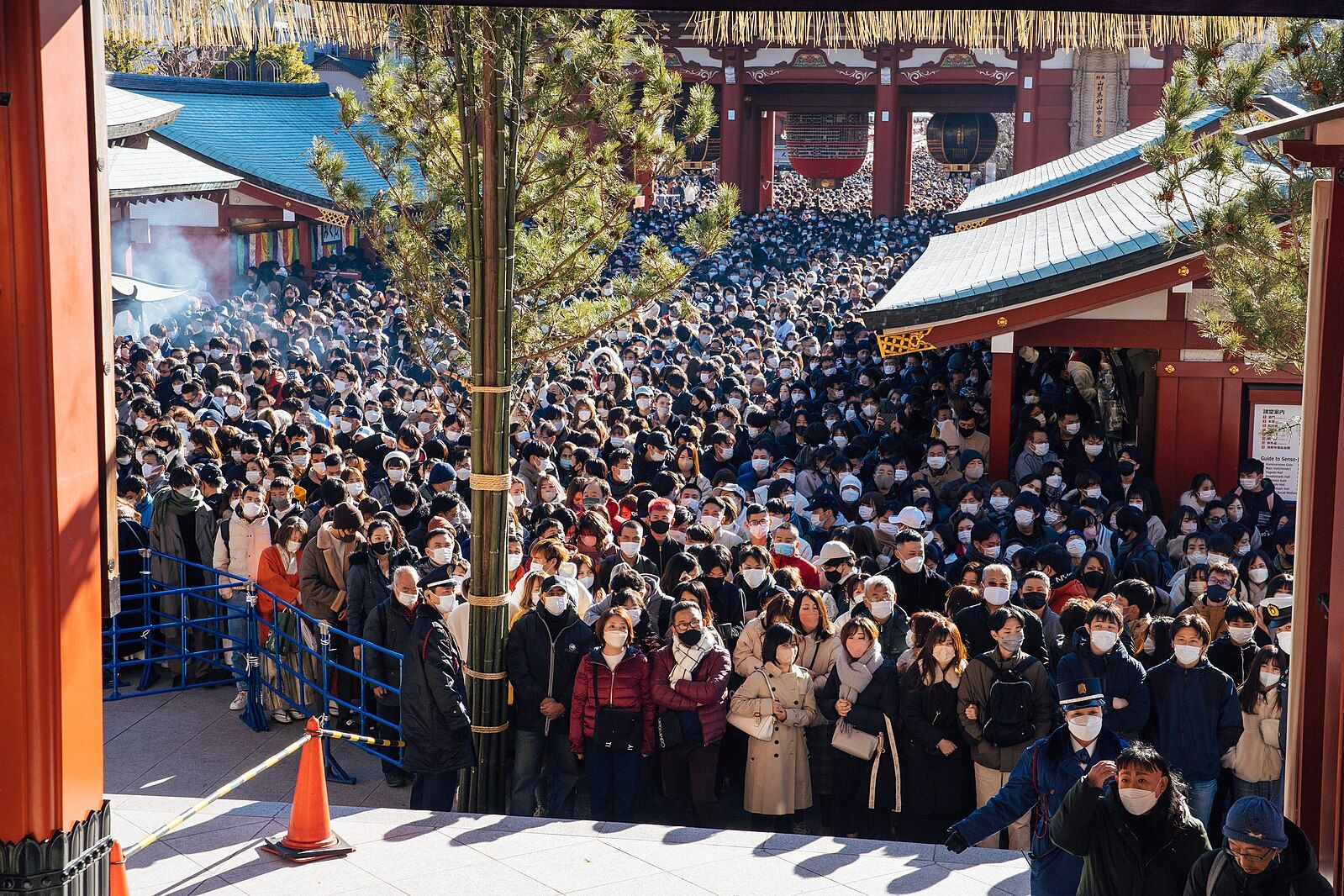
Tradicionalmente, muchas personas acuden en masa a un santuario sintoísta o a un templo budista el primer día del Año Nuevo. Sin embargo,HatsumodeEn realidad, se refiere a la primera visita a un santuario o templo del Año Nuevo, y no necesariamente tiene que ser el 1 de enero. Algunas personas optan por visitarlo el segundo o tercer día; se espera que haya multitudes, pero definitivamente no tantas como las que se esperarían el 1 de enero.
Desde la pandemia, para reducir el hacinamiento, algunos templos y santuarios han animado a los visitantes a acudir hacia finales de mes, ¡o incluso en febrero o marzo!
¿Que esperar?
Los templos y santuarios populares suelen celebrar las festividades de Hatsumode durante los primeros días del año, especialmente el primero de enero.
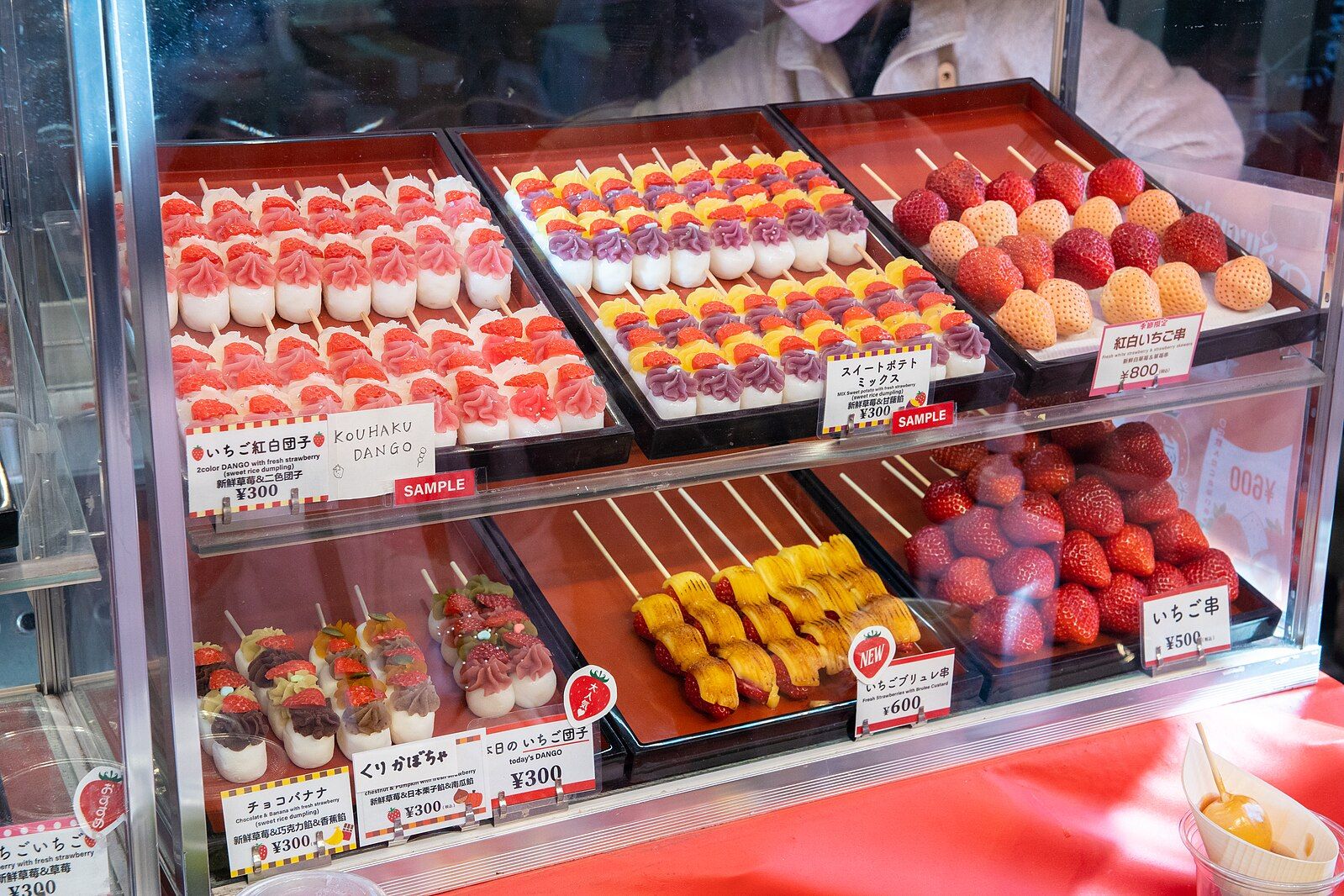
Se pueden ver puestos de comida y quioscos a lo largo de las calles que conducen al templo. También es habitual ver espectáculos callejeros durante estas festividades.
Por supuesto, también puedes esperar grandes multitudes. Habrá colas de gente haciendo cola para entrar en el salón principal de los templos y santuarios para hacer sus oraciones o para comprar amuletos de la suerte para el año entrante. ¡Las colas pueden durar horas, así que asegúrate de abrigarte bien!
¿Cómo hacer Hatsumode?
Hay algunas cosas que la gente hace durante Hatsumode:
- Devuelve los amuletos de la suerte que recibieron el año anterior.
- Haz una oración
- Dibuja un Omikuji
- Consigue amuletos de la suerte para el año que viene
Devolviendo los amuletos de la suerte que recibieron el año anterior
Si alguna vez has visitado un santuario sintoísta o un templo budista en Japón, habrás notado que podrás comprar amuletos de la suerte. Se cree que el amuleto te protegerá y te ayudará a cumplir tus deseos. Dependiendo de con qué esté relacionado tu deseo, recibirás un amuleto diferente.
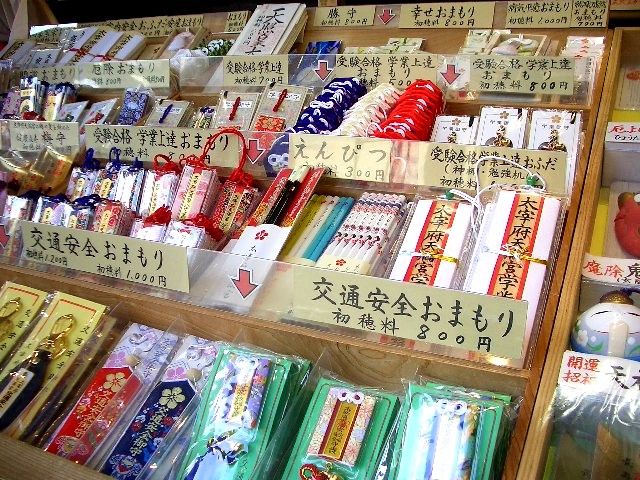
Al final de cada año, estos amuletos normalmente se devuelven al templo o santuario para su eliminación adecuada.
Podrás comprar un nuevo amuleto de la suerte para el próximo año en el santuario o templo después de terminar tus oraciones.
Haz una oración
Una de las principales actividades durante el Hatsumode es hacer una oración en el salón principal del templo o santuario. Dar gracias por el año que pasó y pedir un deseo para el año que comienza.
Existen diferencias entre cómo se reza en un santuario y en un templo:
Cómo rezar en un santuario
- Lanza una moneda en una caja de ofrendas llamadaSaisen-bakoMucha gente lanza una moneda de 5 yenes porque se dice que eso ayuda a entablar buenas relaciones.
- Agite una cuerda para hacer sonar una campana (si no hay campana, puede omitir este paso)
- Inclínate profundamente dos veces
- Aplaude dos veces
- Ora y pide un deseo. Junta tus manos frente a tu cuerpo.
- Inclínate profundamente una vez más
Cómo orar en un templo
- Lanza una moneda en una caja de madera (generalmente de 10 o 5 yenes)
- Suena la campana que cuelga
- Junta las palmas de las manos en silencio e inclínate profundamente.
- Ora y pide un deseo
- Inclínate profundamente otra vez
Recuerda no aplaudir en el templo, ya que se considera de mala educación.
Si no estás seguro, ¡simplemente observa a las personas que te rodean y sigue su ejemplo!
Dibuja un Omikuji
Un Omikuji es un papel que te dice la suerte. Hay varias formas de hacerlo. Una de las más comunes es sacar un palito (o sacudir una caja de palitos hasta que caiga uno), leer el número que aparece en el palito y sacar el papel del cajón correspondiente.
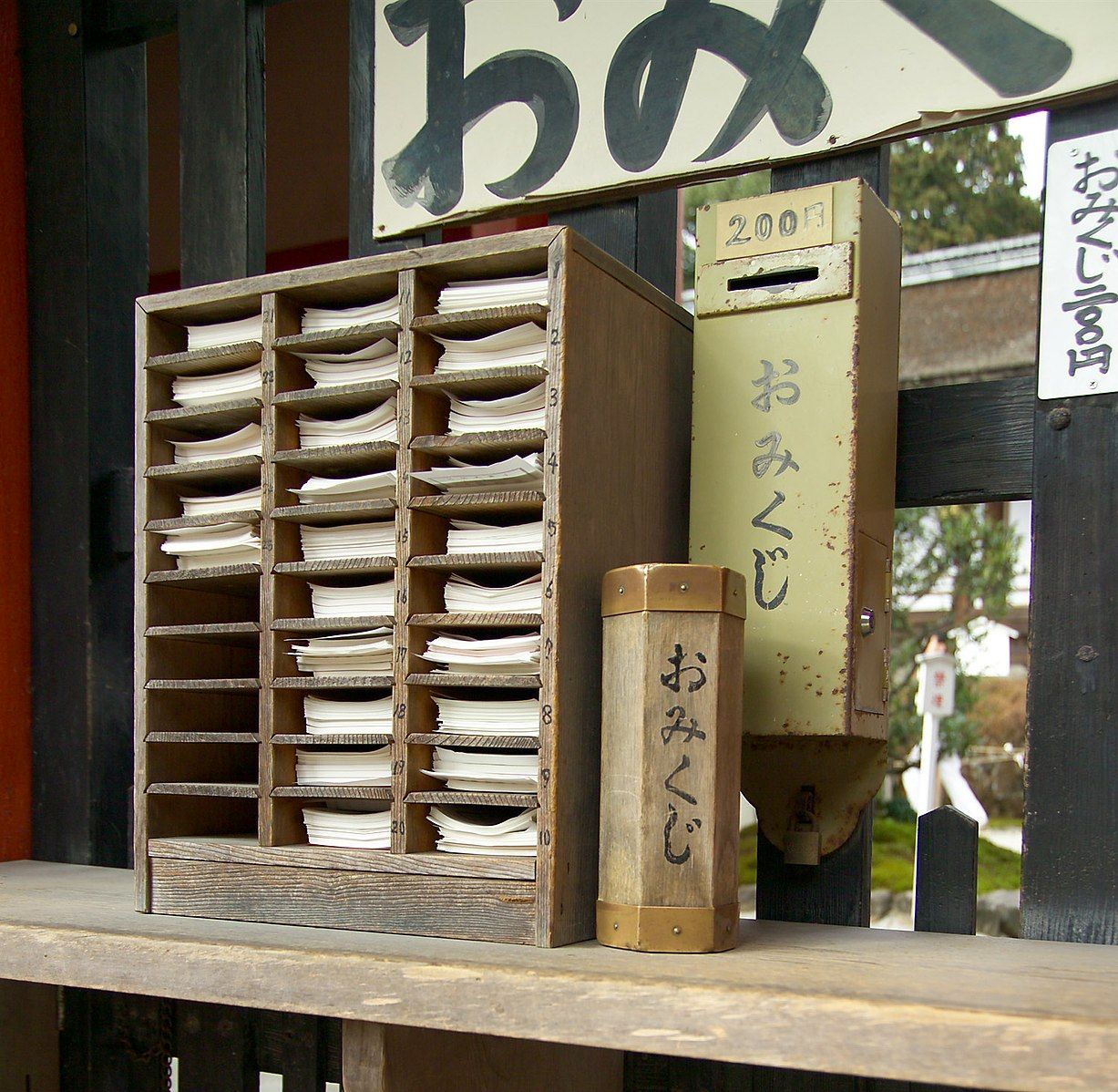
Las lecturas suelen dividirse en diferentes categorías, como matrimonio, viajes, estudios, trabajo, salud, etc. Cada categoría contiene algunos consejos sobre ese aspecto específico. Sin embargo, las lecturas suelen estar escritas solo en japonés, por lo que probablemente necesitarás usar una aplicación de traducción para ayudarte a interpretarlas.
Cada tirada suele incluir también una lectura general de tu suerte. Esta parte de la lectura suele contener algunas palabras clave que pueden ayudarte a identificar rápidamente si se trata de una buena o mala lectura:
- Si ves "吉", es una buena señal. Hay algunas variaciones de esto, como "大吉", pero son solo diferentes niveles de tu suerte.
- Si ves "凶", es una mala señal. De manera similar, existen algunas variaciones de esto, cada una de las cuales representa un nivel diferente de mala suerte para ti.
Si obtienes un mal resultado, puedes atar el papel a las cuerdas del santuario o templo. Esto significa que estás dejando atrás tu mala suerte.
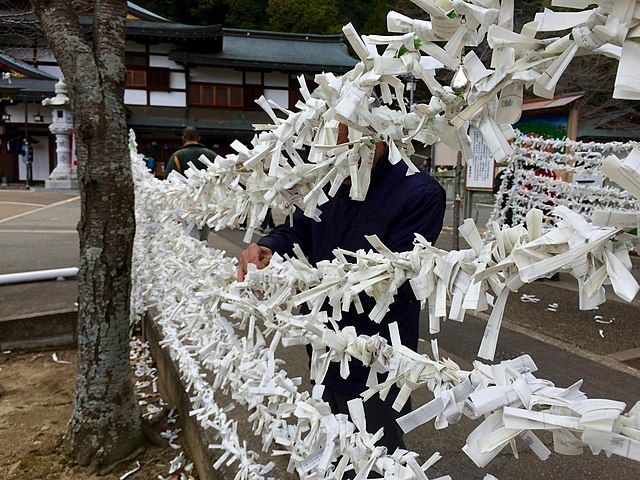
¿Dónde ir en Tokio para el Hatsumode?
Hay algunos santuarios que se sabe que son mejores para ciertos aspectos, y puedes considerar ir a esos santuarios específicos si tienes algo que desear en particular. De lo contrario, puedes visitar cualquier santuario o templo para Hatsumode.
A continuación se muestran algunos de los santuarios de Tokio que son más conocidos por un aspecto específico:
- Para los negocios y la prosperidad:Santuario Kanda
- Para el éxito académico:Yushima Tenmangu
- Por amor:Tokio Daijingu
Si no buscas nada específico, pero simplemente quieres experimentar las festividades, entonces definitivamente deberías visitarSantuario Meijio elTemplo SensojiTanto el Santuario Meiji como Senso-ji son lugares famosos para visitar incluso en un día normal, ¡y puedes esperar que estos lugares también sean lugares populares para Hatsumode! De hecho, el Santuario Meiji es el santuario con el mayor número de visitas para Hatsumode.
Manténgase conectado durante el Año Nuevo con una eSIM Nomad para Japón
Manténgase conectado sin problemas en Japón con uneSIM para viajes a Japón de Nomad.Nomad ofreceeSIM de datos asequibles en más de 170 destinos en todo el mundo, —incluido Japón.
Elige entre una variedad de planes de datos locales, regionales y globales, compra e instala tu eSIM de viaje antes de volar y conéctate a una red local en el momento en que aterrices. ¿Te quedas sin datos a mitad de viaje? Simplemente compra un complemento en la aplicación Nomad.
¿Estás pensando en pasar el Año Nuevo en Japón? Consigue uneSIM de Japónpara mantenerse conectado durante su viaje.